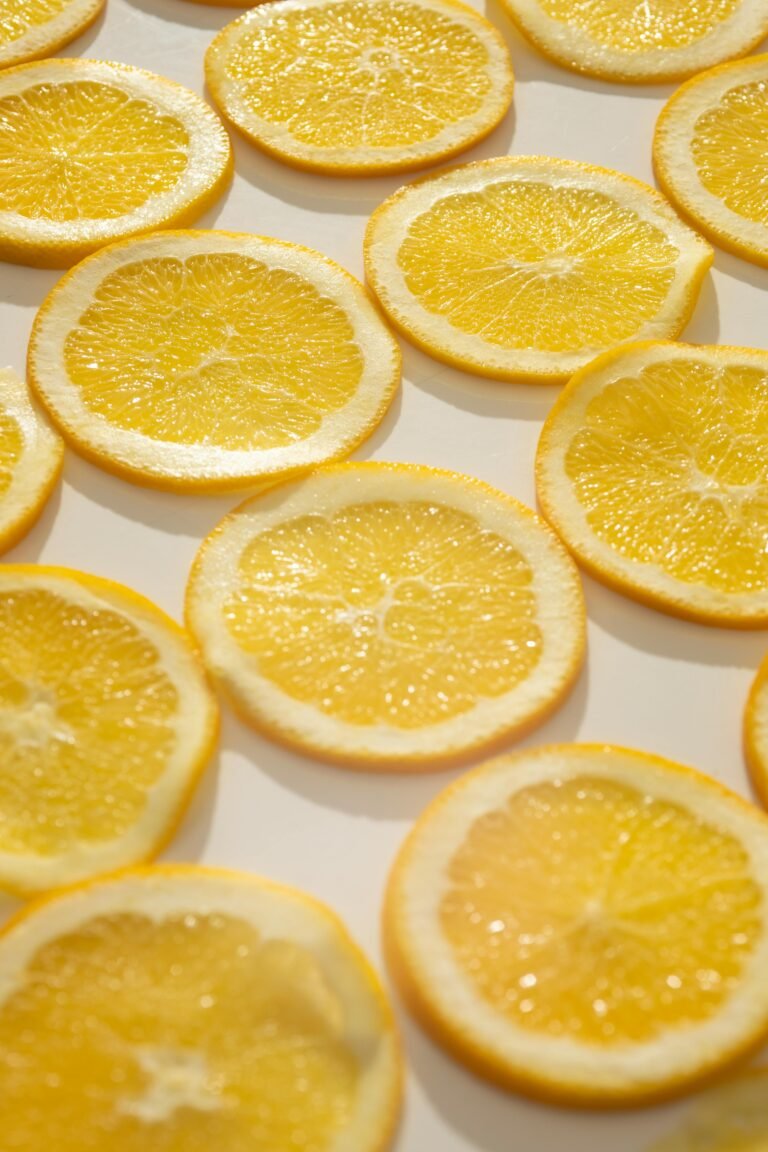What to do with the unleavened dough?
It will (perhaps) have happened to you too. You used a yeast that was out of date or for some reason (ingredients or actions that inhibited the action of the yeast, such as salt added at the wrong time or boiling water to dissolve the yeast) your dough has not risen.
And now you are wondering: what to do with unleavened dough?
Throw away everything, even if you have used so many good ingredients?
Here, I never agree on throwing everything away. Let’s see what to do with the unleavened dough, both for sweets and savory ones.
WHAT TO DO WITH THE NON-LEAVENED DOUGH
First case: we made a dough for savory items (bread, sandwiches, pizza).
For each case I will distinguish two scenarios.
The one in which we have the unleavened dough and we do not know whether to throw it or cook it anyway and the one in which we have already made the mistake of cooking the dough, obtaining a bread or a pizza that is good to correct the dancing table. Or as an abstract work to hang for future memory.
Unleavened dough but we haven’t cooked it yet
In this case, if the dough is salty, it can be rolled out into a very thin sheet with the help of flour. At that point we can cut it into squares and make crackers, as it says here , by oiling them, using dried aromatic herbs and putting them in the oven at 200 ° for about 12-15 minutes.
Another alternative is to always make a thin sheet, brush it well with oil and butter and use it as a shortcrust pastry for a savory pie. Or cook it in a pan to make wraps. The thinner the dough, the less it will seem unleavened.
Unleavened dough that we baked, obtaining a nice hard mappazzone
We can cut it into pieces with the help of scissors or if they are sandwiches try to break them in two. Put the mixture in a bowl and cover with hot water or milk for an hour or two. Stir with your hands from time to time to break up the mixture until the chopped hard dough absorbs the water. At that point we can use it to make meatballs, with the addition of vegetable puree, parmesan and egg yolks. Or use it for a pancotto, transferring the pieces to a liter of broth and putting them on the fire with vegetables and legumes.
Or for a tomato soup: the same thing (bread or pizza and broth) and fresh tomato sauce. Or a seasoned baked bread.
Put the hydrated pieces on the bottom of an oiled pan, add some tomato sauce, a little oil, and slices of mozzarella. Then in the oven for twenty minutes at 200 degrees.
Otherwise we can dry the pieces without putting them in water, toast them in the oven for a few minutes and then use them to make breadcrumbs.
























+ There are no comments
Add yours